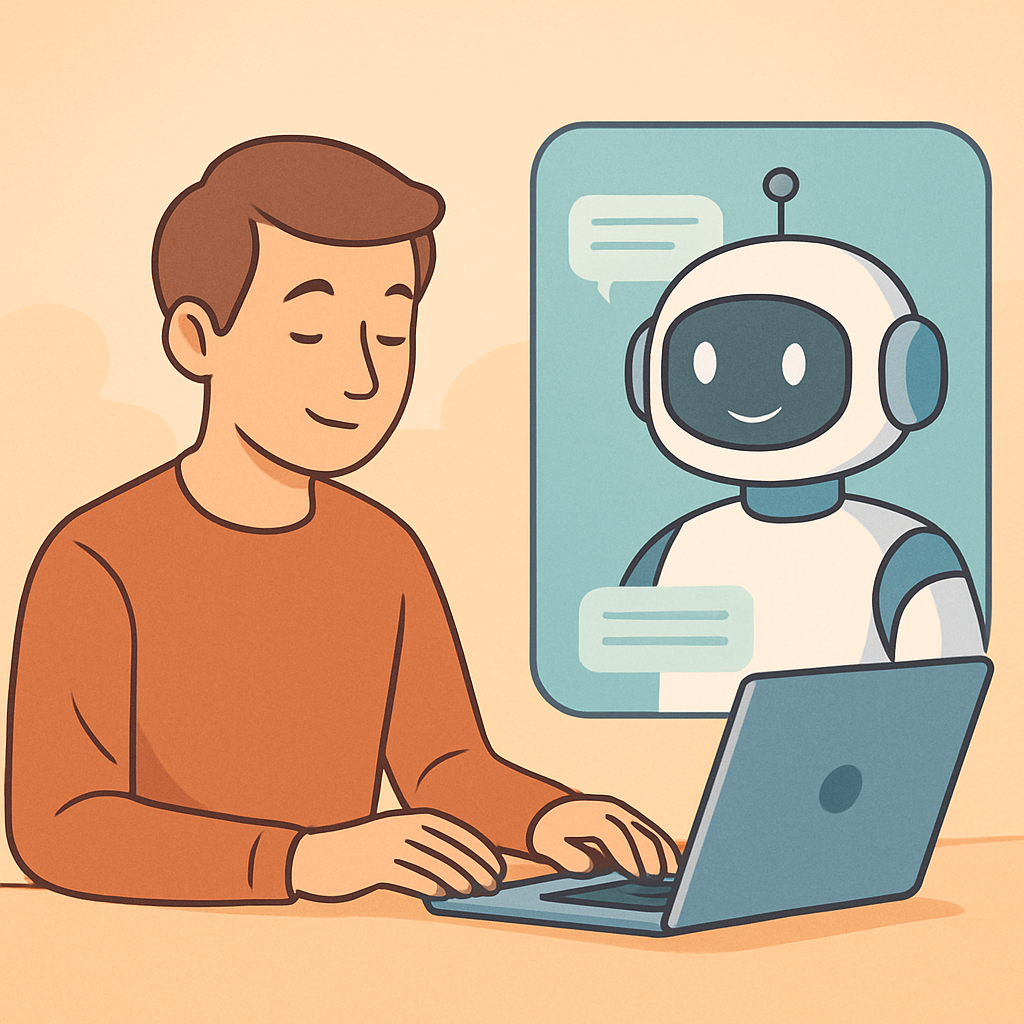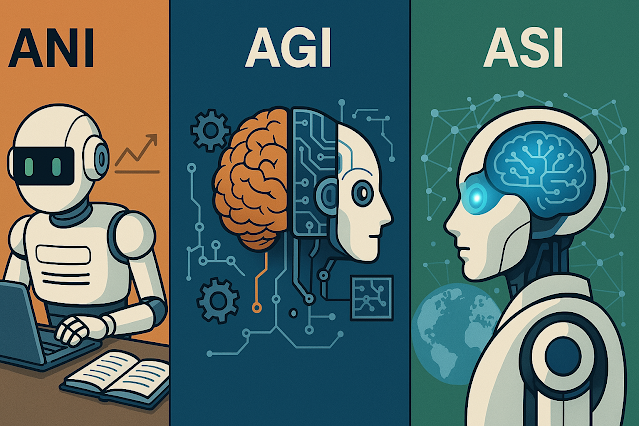LLMs vs. AI Agents: What’s the Real Difference?
(A Simple Breakdown)
In the world of AI, terms like “LLM” and “AI Agent” are often used, but what’s the real difference between them? One is a powerful brain that understands language, while the other is a system that can take action. Understanding this distinction is key to seeing where AI is headed.
This simple breakdown will walk you through the evolution from basic language models to autonomous agents, making the differences clear.
1. The Foundation: LLM (Large Language Model)
What is it in simple terms?
An LLM is a massive digital brain trained on an incredible amount of text and data from the internet. Its primary skill is understanding and generating human-like text. It’s a master of language, patterns, and context.
- Input: You give it a text prompt (a question or a command). For example, “Write a short poem about a robot who dreams.”
- Processing: The LLM uses its vast training to understand your request and predict the most likely sequence of words to form a coherent answer.
- Output: It generates a text-based response.
The most famous example. It’s a powerful text-in, text-out machine.
2. The Creator: Generative AI
What is it in simple terms?
Generative AI is the broader category that LLMs belong to. As the name suggests, it’s all about *generating* new, original content. While an LLM is a type of Generative AI that focuses on text, other models can create images, music, code, and even videos.
- Input: You provide a prompt, which can be text, an image, or another piece of data. For example, “Create a photorealistic image of an astronaut riding a horse on Mars.”
- Generation: The AI model uses its training to generate entirely new content based on your prompt.
- Output: The result is a new artifact—an image, a song, a piece of code, etc.
3. The Action Taker: AI Agents
What is it in simple terms?
This is where things get really interesting. AI Agents take the “brain” of an LLM and give it “hands” to perform tasks. They don’t just create content; they take action. An AI Agent is a system that uses an LLM to not only understand a goal but also to plan and execute the steps needed to achieve it. It can interact with other software, tools, and APIs to get things done in the digital world.
- Goal: You give the agent a high-level goal, not just a simple prompt. For example, “Find the best Italian restaurants near me and book a table for two for 8 PM tomorrow.”
- Planning & Execution: The agent breaks the goal down into smaller tasks like searching, comparing, and accessing booking systems.
- Action: The agent uses its “tools” (like a web browser, a calendar API, etc.) to perform these steps and achieve the goal.
A perfect example for researchers; it automates a complex, multi-step task.
4. The Autonomous System: Agentic AI
What is it in simple terms?
Agentic AI is the next evolution, representing a higher level of autonomy and intelligence. It’s not just about one agent performing one task; it’s about a system of agents working together to achieve complex goals with minimal human oversight. Think of a single AI agent as a skilled worker. Agentic AI is like the project manager overseeing a whole team of these workers.
- Objective: The system is given a complex, high-level objective. For example, “Increase online sales for our new product line by 15% this quarter.”
- Decomposition & Delegation: The Agentic AI system breaks this down and assigns tasks to specialized agents (e.g., data analysis agent, marketing agent).
- Autonomous Action & Collaboration: These agents work together, sharing information and adapting in real-time to achieve the overall objective.
- Current State: True, fully autonomous Agentic AI is still emerging and is mostly found in high-end, specialized business platforms. There isn’t a simple, public-facing tool you can “try” in the same way as ChatGPT.
- How to See It: You can see the beginnings of this in tools like Elicit. To see more advanced industrial versions, watch demo videos from companies like IBM or ServiceNow.

